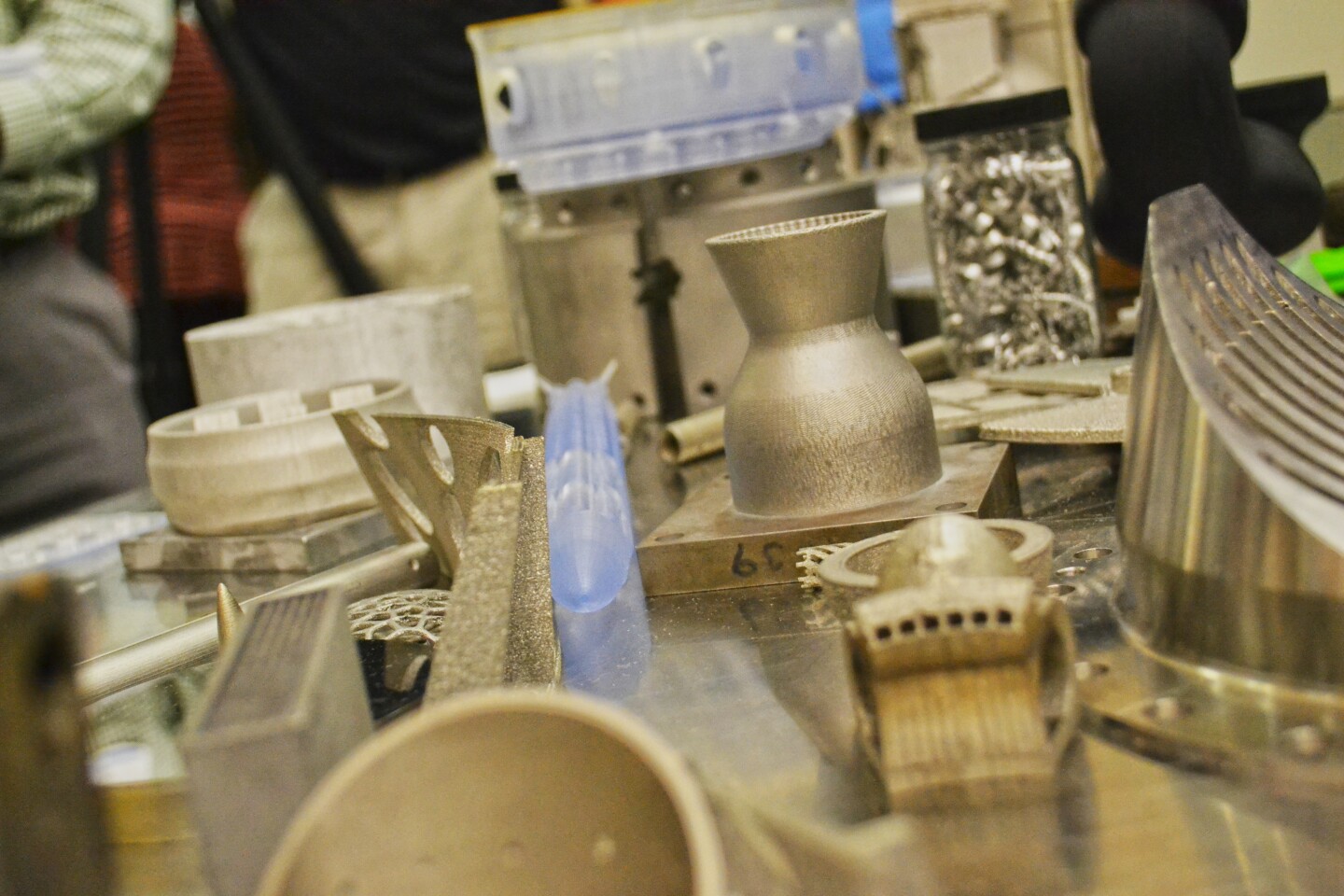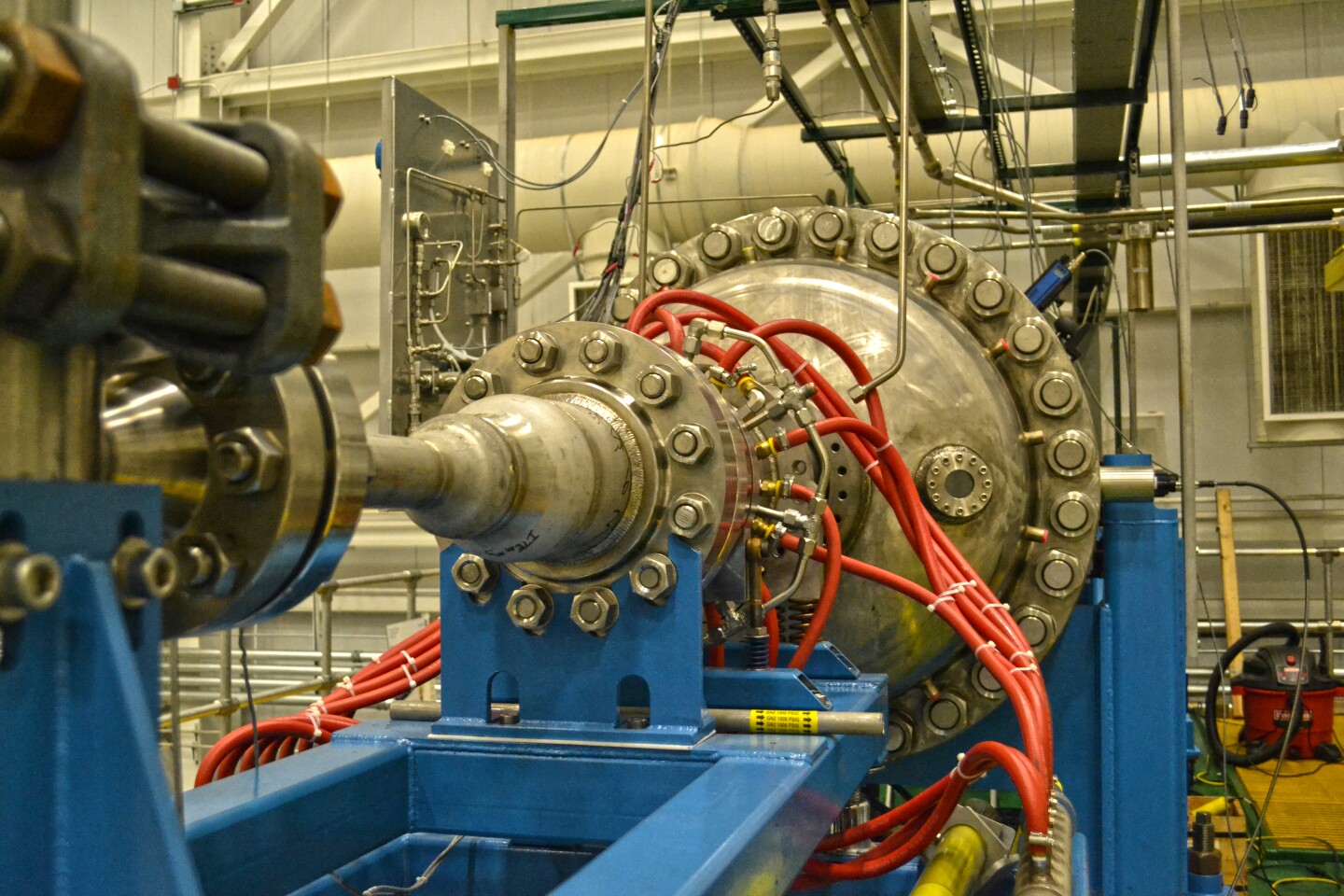One of NASA’s more off-the-radar facilities is responsible for some of the organization’s most important research. Kennedy Space Center and the Jet Propulsion Laboratory may get the lion's share of attention, but Marshall Space Flight Center, in Huntsville, Alabama, is responsible for developing much of the complex inner-workings of rockets, satellites, and future technologies.
The George C. Marshall Space Flight Center, to give it its full title, is actually the largest of NASA's various centers. Ever since it officially opened on July 1, 1960, after President Eisenhower approved the transfer of all Army space-related activities to NASA, it has been the space agency's lead center for the development of rocket propulsion systems and technologies, including the Saturn family of launch vehicles. Today, the center is engaged in propulsion and space transportation, engineering, science, space systems and space operations, and project and program management.
3D Printing

This includes NASA’s 3D printing technology and research. Parts of the development for the recently launched 3D printer in space from Made In Space, occurred in Huntsville. Also, the development of many designed-for-3D components, like engine elements, attachment mechanisms, and fueling systems, are being designed and printed on-site. These components are not only advancing these technologies, but they are also helping NASA lessen the weight of the components and reduce the cost of prototyping and manufacturing.
Reducing weight, and therefore cost, is a major focus for space research, and 3D printing promises to enable big savings in this are, making additive manufacturing, arguably, the most important technology being explored at NASA.
New Rockets
NASA’s Space Launch System (SLS) is the next step in getting astronauts into deep space, with the organization setting its sights on Mars. The Orion spacecraft, which is expected to launch in December on a Delta IV launch vehicle, is planned to eventually launch on the SLS.According to Marshall Space Flight Center, "SLS is the first rocket and launch system in history capable of powering humans, habitats, and space systems beyond our moon and into deep space.”
The SLS components are constructed and tested at Marshall Space Flight center, and standing inside the hollow innards of a ring of the SLS is an intimidating and overwhelming experience. Within the testing room, adjacent to the massive ring of computer racks and components, the facility engineers run launch simulations and throw everything they have at the systems that will be part of the rocket. Everything from weather and wind changes to failing engines and misfires are simulated in both algorithms and 3D visualizations.
Talking to the ISS
Perhaps the most interesting, yet little known, part of NASA’s Marshall Space Flight Center is the fact that the facility houses the International Space Station (ISS) Payload Operations Integration Center & Laboratory Training Complex. Like a modernized scene out of Apollo 13, the control room houses an array of specialists working on everything from communications to systems analysis to experiment monitoring.
A wall of monitors presents various high-definition views from the numerous cameras onboard the ISS, while others provide a visualization of the several experiments happening live – many of which are only operated from the ground, not by astronauts aboard the ISS.
The many experts in the room also help the astronauts solve the various issues that they encounter in space. To help facilitate this, the floor below holds a life-size model of the ISS, complete with various switch boards and contact elements to give the experts tactile understanding as they train and problem-solve, and touch-screens to simulate everything else.
Thruster Technologies

One of the most important bits of research being done at Marshall Space Flight Center is the investigation into thruster technologies. Not only are the scientists constantly pushing the limits of nuclear propulsion, but much research is also being conducted in ion propulsion.Like the NEXT thruster, that ran for five and half years, ion thruster technology provides long-lasting, lightweight propulsion for vehicles that are looking to do deep space exploration. Now, NASA is looking to replace the xenon gas with iodine as a fuel, with little modification to the existing thruster technology. This holds cost- and weight-saving possibilities for future missions.
Though NASA’s Marshall Space Flight Center is often overlooked on the list of major NASA tourist venues, the facility and its staff are conducting some of the most important research and engineering for the future of the organization. From SLS to 3D printing to propelling us to the outer reaches of our solar system (not to mention that it’s home to the legendary Space Camp), the Huntsville, Alabama facility holds the key to much of NASA’s future success.
More details on the Marshall Space Flight Center can be found on the center's homepage.



















